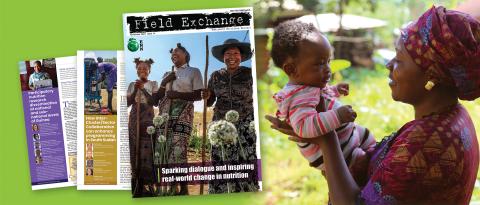Improving child survival by differentiating mortality risk
This is a summary of the following paper: Berkley J, Walson J, Bahl R et al (2024) Differentiating mortality risk of individual infants and children to improve survival: Opportunity for impact. The Lancet, 404, 10451, 492-494 https://doi.org/10.1016/S0140-6736(24)00750-5
Children are not born with equal chances of survival. Overall, the risk of mortality is highest during birth and the period immediately following it with factors such as perinatal events, nutrition, infections, family and environmental exposures, and access to health services significantly influencing the risk of death.
The World Health Organization-recommended care pathways are based on narrowly defined criteria which classify the severity of a specific condition (for example, severe anaemia, severe dehydration), rather than the overall risk that an individual child may face. For instance, the recommended care pathway for an infant aged nine months with a history of low birthweight who is no longer breastfed, unimmunised, or orphaned may be the same as that of a child aged three years with normal birthweight and none of these additional risks. This approach is neither effective nor efficient, as it fails to ensure that children at high risk of mortality receive the highest level of care, while also potentially wasting resources on children at low risk.
This paper argues that current public health programmes neither fully account for the full spectrum of risk or respond appropriately.
The impact of adverse birth outcomes, comorbidities, and undernutrition on child mortality is well-documented, as is the influence of maternal health on child outcomes. However, while risks associated with specific conditions like low birthweight, diarrhoea, pneumonia, underweight, wasting, and stunting are well-studied, there is less emphasis on the interactions between multiple exposures, and their cumulative effects over time. Factors such as birth outcomes, disability, chronic conditions, poverty, food insecurity, and infant feeding practices all influence a child’s likelihood of survival, development, and lifelong health. These risks interact in complex ways, meaning that a child’s mortality risk cannot be accurately defined by exposure to a single risk category.
Based on this argument, the authors propose that health systems shift towards classifying children according to their individual mortality risk by assessing a broader range of exposures. This approach would enable the design and delivery of differentiated care, both in communities and healthcare facilities, that better protects against preventable morbidity and mortality. Risk-differentiated care would allow health systems to focus more efficiently on infants and children at increased risk of mortality. By identifying and providing appropriate care for children at lower risk, substantial financial and human resources could be redirected to those at higher risk, without negatively impacting outcomes for children at lower risk.
Risk-differentiated care has the potential to lower mortality and improve health system efficiency. Authors argue that meaningful changes in healthcare systems, including alternative management approaches, are needed if Sustainable Development Goals 2030 targets for neonatal and child mortality rates are to be met.


